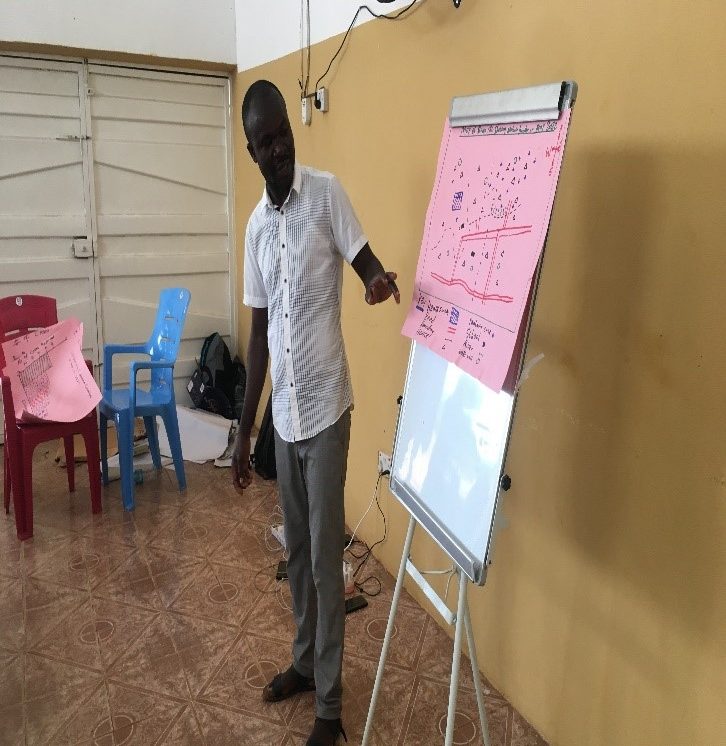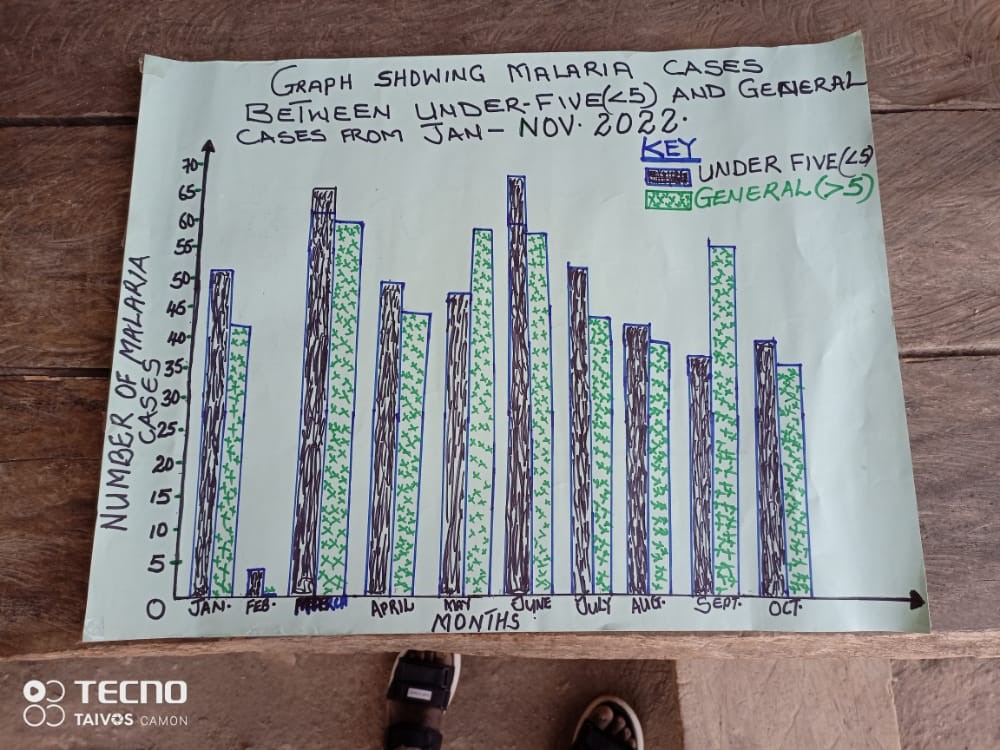Enhanced Data Management Skills and Data Use at Health Facility Level in Sierra Leone
-
by
AFENET
The Directorate of Health Security and Emergencies (DHSE), Ministry of Health and Sanitation (MoHS) has successfully implemented electronic disease surveillance systems such as electronic Integrated Disease Surveillance and Response (eIDSR) and Case-Based Disease Surveillance (eCBDS) across over 1,400 public health facilities to promptly report priority diseases. Despite the improved reporting by frontline health workers into these systems, evidence from quarterly data quality assessments showed little or no analysis of the data collected by health facility staff. This was evident as little or no charts indicating either disease trends or frequencies were found during these assessments.
AFENET, with funds from US CDC, supported DHSE to strengthen health facility staff capacity on electronic surveillance data collection, analysis, and presentation using readily available materials like cardboard papers, pens, markers, and the use of data for decision making at the lowest tier in the healthcare service delivery level. Four hundred health facility staff from 16 districts across Sierra Leone were trained, from 07 – 14 December 2022, on data analysis and presentation in form of tables, bars/charts, maps, and graphs using van card as shown below:


At the end of the training, health facility staff were provided with additional materials (van cards, pens, & markers) to continue surveillance data analysis and present their critical findings for decision-making at the health facility level.
Trainee reflections
Andrew Sesay, District Health Mangement Team (DHMT)-Chiefdom supervisor, Safroko Limba, Bombali District state that: “The lessons sessions during the training had helped me significantly in upgrading my skills as health staff on data management such as; analysis, extraction and effective presentation.”
Mariama Kanneh, DHMT-Zonal supervisor, Western Area Urban District state that:
“The training was timely and has motivated me greatly especially on the importance of data analysis at facility level. I am inspired and now able to extract, analyze and share results to MoHS and partners for an informed decision-making.”
Following the training, data analysis and display of data at the facility level was demonstrated. Below are some charts displayed at random health facilities using the materials provided:





